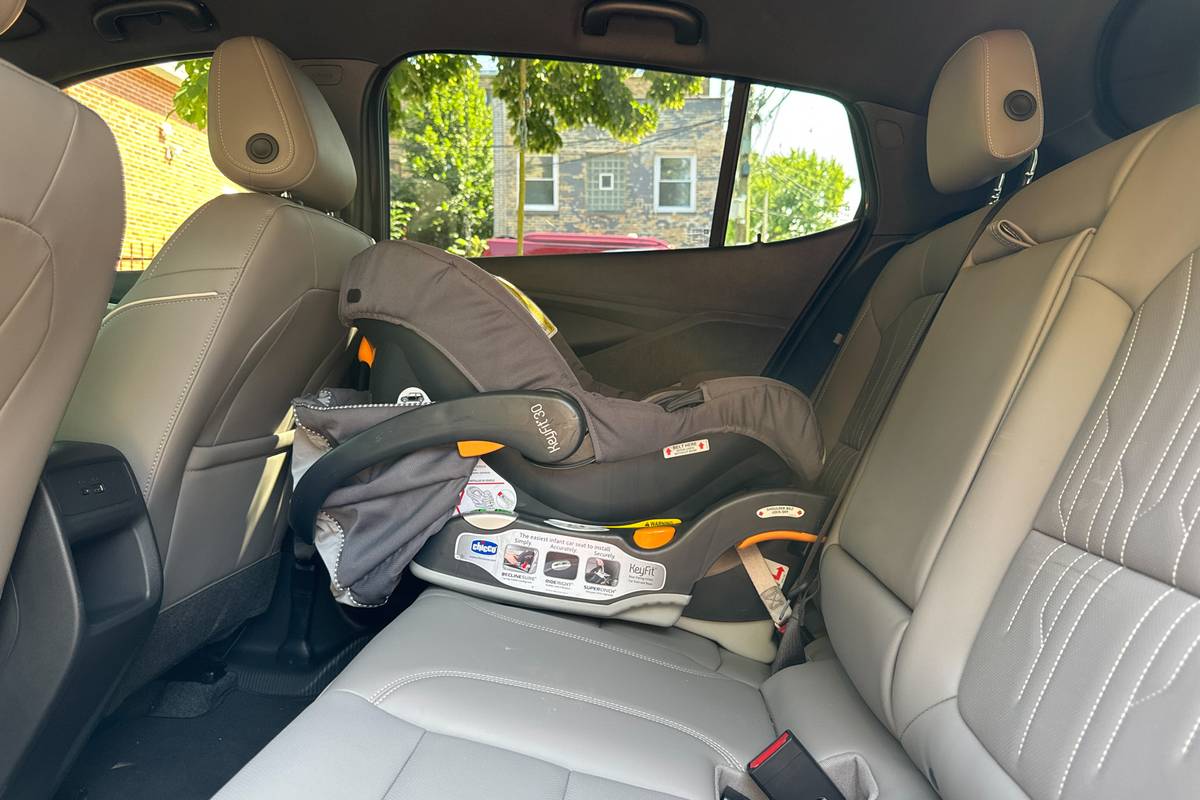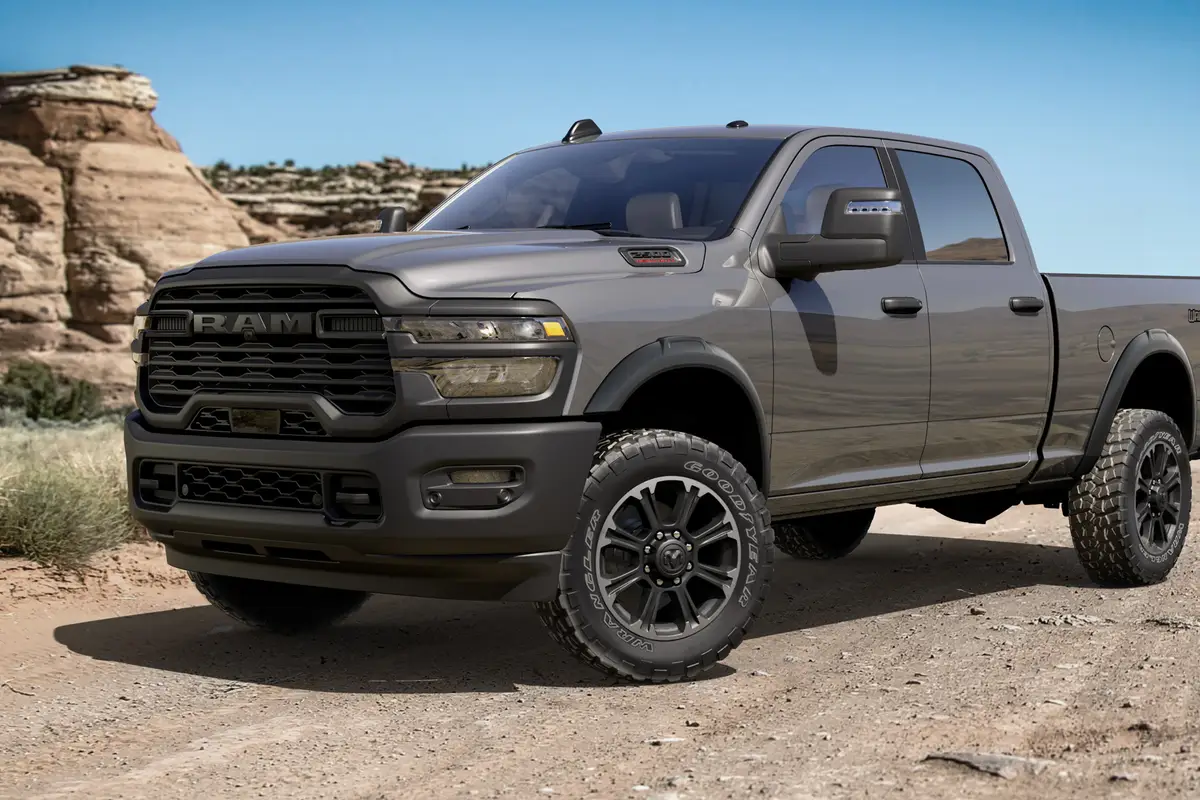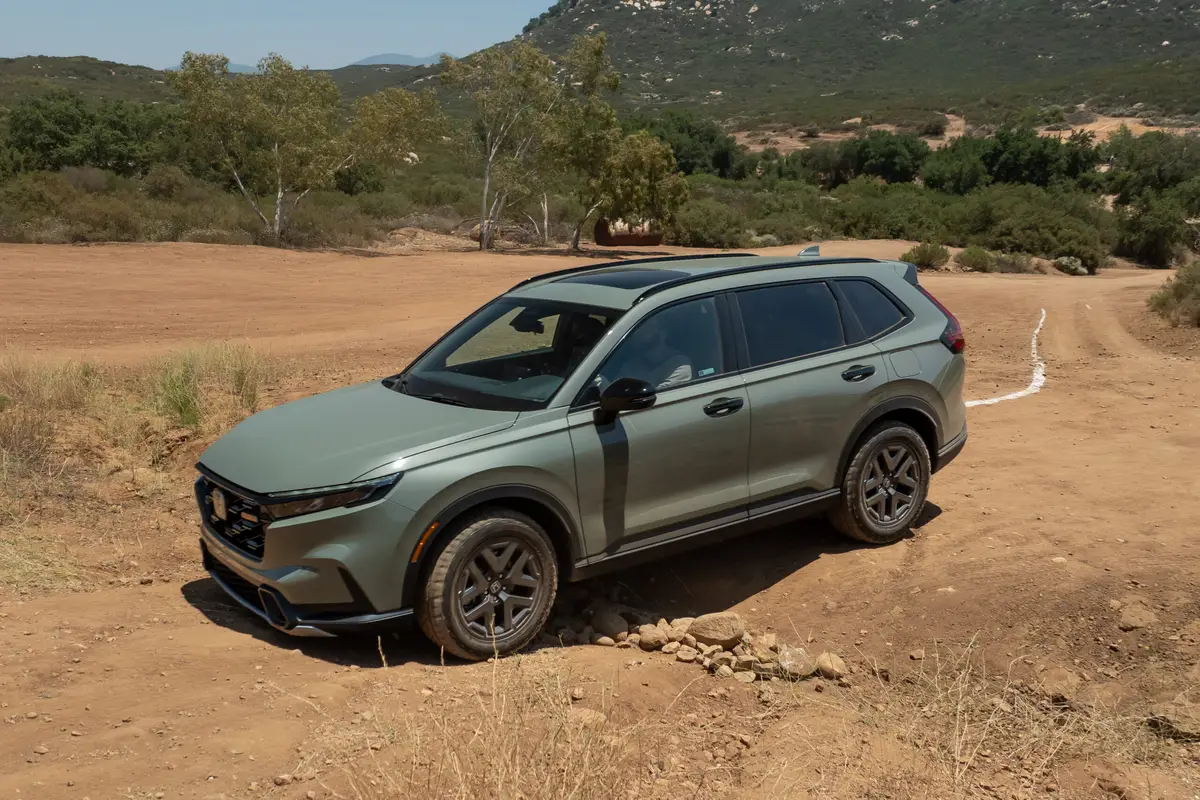KansasCity.com's view
Yes, it’s finally here, and yes, it has a V8. Toyota’s full-size pickup, the 2000 Tundra, that is, which faces off headlight to headlight with trucks from Ford, Chevrolet and Dodge.
And yes, it is available with four doors and a back seat, if that’s your pleasure. The four-door model has a 6.5-foot bed while the standard cab gets an 8-foot bed.
The base model comes standard with a 190-horsepower, 3.4-liter, dual-overhead-cam (DOHC) V6. A 5-speed is available with the V6 but not the V8.
Based on a few days behind the wheel of a four-wheel-drive extended-cab V8, this is a fine piece of work. The 4.7-liter, DOHC V8 engine cranks out 245 horsepower over a broad power band, and the automatic transmission shifts as smoothly as a luxury sedan. Not only does it feel as civilized as a car, the four-door version is almost as roomy. Notably absent was the kind of teeth-jarring roughness for which trucks used to be known.
Tundra officially goes on sale at the end of May, and while most dealers now have demonstrators available for test drives, they cannot be sold. A Toyota spokesman said it is likely to be mid summer before they are available in volume.
Until now, the T100 was Toyota’s biggest truck. Sales of it were disappointingly low because it was expensive, lacked a full-size cab and had no V8 engine, the crucial ingredient in the truck recipe. Entering the full-size segment, long the province of domestic manufacturers, is not a step to be taken lightly. To build this truck, Toyota constructed a brand-new, $1.2-billion factory near Princeton, Ind., with the capacity to produce two vehicles with an annual volume of 150,000 units. It is no surprise, therefore, that Toyota also has a Tundra-based SUV under development.
The base Tundra starts at $15,415 with a regular cab and a V6 engine.
Not all Tundras have V8s, and not all have four-door extended cabs; it’s just that Toyota expects those so equipped to be the most popular.
The V8 is very similar to the one in the Land Cruiser and Lexus LX 470. (Lexus is the American luxury division of Toyota.) Based on the 4.0-liter unit originally developed for the Lexus LS/GS sedans, it has a cast iron block, aluminum cylinder heads and breathes through four valves per cylinder. Maximum torque, or pulling power, of 315 lb.-ft. folo is produced at 3,400 rpm. Maximum payload is 1,924 pounds and max towing capacity with the V8 is 7,200 pounds.
Engaging four-wheel drive is done by pushing a button on the dash.
Although I did not get to sample its pulling power with a load, I can say this about performance when it’s empty: floor it and this engine will yank you right out from under your cowboy hat.
The Tundra’s cab is slightly smaller than the Ford F-150, particularly in the back seat area. We did put four people inside for a trip to dinner, however, and my back-seat passengers said they had adequate room. The rear seat is a 60/40 folding bench with a pull-down center armrest that has dual cupholders. There is limited storage space under the cushion, or it folds up for stowing cargo. As is the case in most extended-cab trucks, the back of the rear seat is quite upright.
Even though the rear doors have outside door handles, the front door has to be opened before the back. The step-in height of the four-wheel-drive model was a bit tall, but windshield post grab handles for both driver and passenger made the job easier.
Up inside the cabin, I felt like I was driving a Toyota sedan. The instrument panel looks about the same as a car, with nice, large gauges, including a tachometer. A black center section of the instrument panel contains the audio system and climate controls, which use large rotary knobs. Two cupholders pull out from the dash and two more are in the console when bucket seats are specified.
Three outlets provide power for various accessories.
There are front and side airbags for both d ver and passenger. The passenger-side bag can be switched off.
A double-wishbone front suspension is one reason the Tundra rides so well. A solid axle is used in back because of its load-carrying capacity. Brakes are disc in front and drum in back. Anti-lock is an option.
An off-road suspension package is available for those who need it.
The cabin is extremely quiet and shows very little intrusion from wind and road noise. Every time I slide behind the Tundra’s wheel, I couldn’t help thinking of this as the Lexus of pickups. How that will play with serious truck folks, I don’t know, but personal-use drivers should love it.
Price
The base price of our V8, 4X4 extended-cab test truck was $25,585. Options included a deluxe AM/FM/CD stereo, 16-inch alloy wheels, fog lamps, front captain’s seats, power windows, power locks, power mirrors, cruise control, air conditioning, bedliner, spare tire lock and floor mats.
The sticker price was $28,594, including freight.
Warranty
Three years or 36,000 miles.
To get in touch with Tom Strongman call 234-4349 or e-mail: strongmn@kcstar.com.
Point:The Tundra was as tight as a government bureaucrat and as quiet as mouse in church. Punch the throttle and the V8 simply lights up with joy. Build quality appears to be first rate.
Counterpoint: Four-wheel drive was handy in pouring rain, but the steering binds up in parking-lot turns unless you put it back into two-wheel drive. The rear seat and its upright back are still best kept for occasional use by adults.
SPECIFICATIONS:
ENGINE: 4.7-liter, V8
TRANSMISSION: automatic
CONFIGURATION: Four-wheel drive
WHEELBASE: 128.3 inches
CURB WEIGHT: 4,321 lbs.
BASE PRICE: $25,585
PRICE AS DRIVEN: $28,594
MPG RATING: 14 city, 17 hwy.
Latest news



